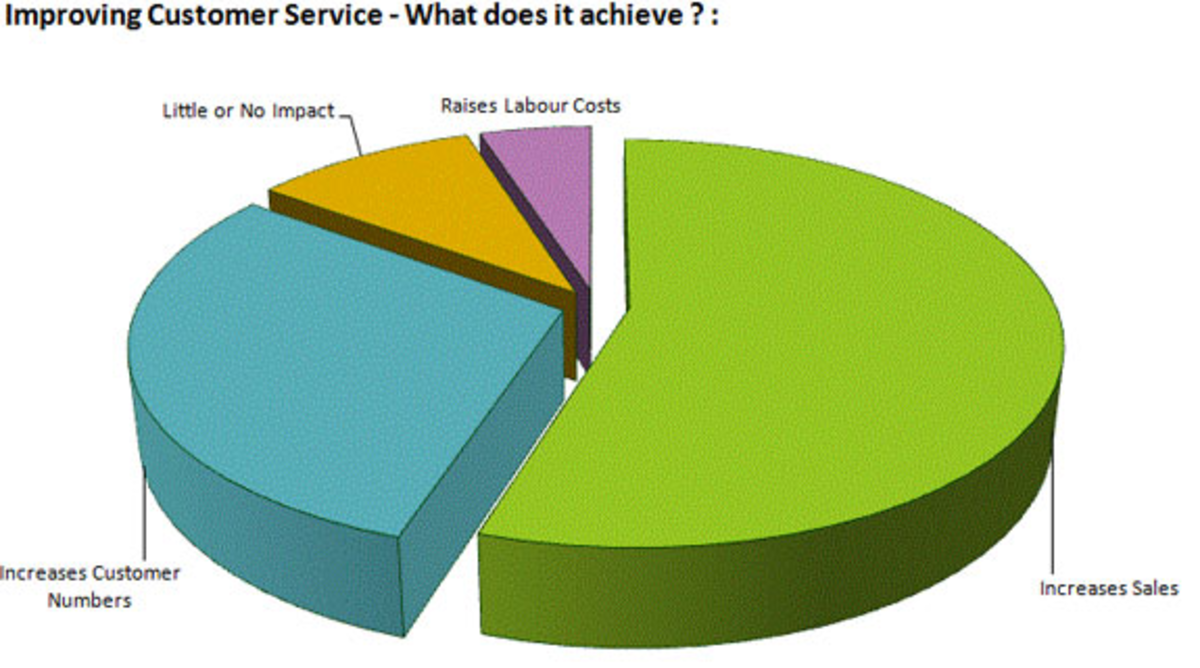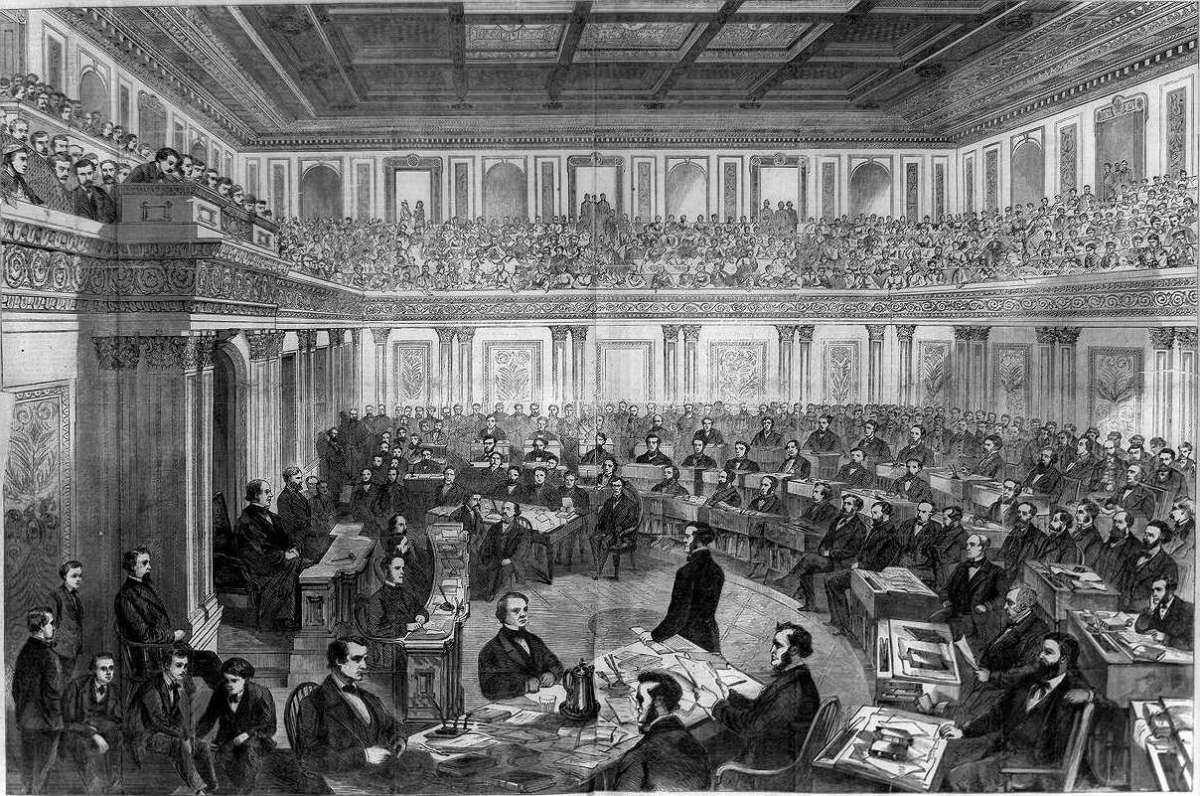Should government fund their mandates?
The subject of government mandates is one which has seen a rise in recent years. New laws and regulations associated with them are constantly being generated. In both cases individuals and states must ensure they comply with the laws and regulations or face fines and/or arrest. Today many states are financially strapped and imposing mandates upon them reduces the available funds to administer their responsibilities identified in the Constitution for their citizens. I am not criticizing the fact that many mandates are valid. Mandates leveled on businesses and organizations costs money to ensure compliance. These costs add to the cost of business which reduces profits thereby reducing funding for government services.
Government mandates exists not only through legislation but additionally through regulations issued by departments and agencies. It is a requirement for departments and agencies to issue proper regulations to provide instructions/guidelines for individuals and businesses to know what they need to do to be in compliance. It is also true that all mandates do not necessarily costs to comply as they are action oriented to ensure the rights of citizens are not violated such as labor relations laws. It only costs a company when they violate labor laws when someone files a complaint against actions they have taken.
Our current economic environment both at the federal level and in some states the need to reduce the costs of mandates being imposed without providing the funding needs to be examined. Changes in the way mandates may be examined in terms of their cost impact upon state and local governments and the public in general will take place if current legislation identified below are enacted.
The creation of government mandates starts with Congress through content in legislation being processed. This part of the process involves the need for Congress and the public to be completely informed about the effects. It is also necessary during this process that Congress and the public have the ability to identify mandates which may harm consumers, workers, employers, small businesses, and state, local and tribal governments. The requirements needs identified in this paragraph are contained in legislation now being processed under in the House of Representatives in HR 899 IH. This act is a proposal to amend the Unfunded Mandates act of 1995. The short title of this legislation is: Unfunded Mandates Information and Transparency Act of 2013. The key word is transparency. Actions of government need to be transparent to the public in general not to a select few. While this limitation may not always be the case the appearance that transparency is lacking affects public opinion of government processes and elected officials. Other requirements in this legislation will be identified in subsequent paragraphs.
Managing legislation requirements in departments and agencies is or can be a difficult process to say the least. Thousands of legislative proposals are initiated each year and while not all of them become law those which do requires the government entities responsible for ensuring compliance to know and understand the content. Once this is accomplished the process of creating regulations or revised regulations begins. While some departments or agencies are required to address requirements contained in legislation signed into law other requirements may be an interpretation of the requirements for which they are responsible to administer.
Under section 201 of the legislation previously identified each agency unless expressly prohibited by law must assess the effects of Federal Regulatory actions on state, local or tribal government and the private sector. There are several principles involved with this requirement are identified below:
‘(1) Each agency shall identify the problem that it intends to address (including, if applicable, the failures of private markets or public institutions that warrant new agency action) as well as assess the significance of that problem.
‘(2) Each agency shall examine whether existing regulations (or other law) have created, or contributed to, the problem that a new regulation is intended to correct and whether those regulations (or other law) should be modified to achieve the intended goal of regulation more effectively.
‘(3) Each agency shall identify and assess available alternatives to direct regulation, including providing economic incentives to encourage the desired behavior, such as user fees or marketable permits, or providing information upon which choices can be made by the public.
‘(4) If an agency determines that a regulation is the best available method of achieving the regulatory objective, it shall design its regulations in the most cost-effective manner to achieve the regulatory objective. In doing so, each agency shall consider incentives for innovation, consistency, predictability, the costs of enforcement and compliance (to the government, regulated entities, and the public), flexibility, distributive impacts, and equity.
‘(5) Each agency shall assess both the costs and the benefits of the intended regulation and, recognizing that some costs and benefits are difficult to quantify, propose or adopt a regulation, unless expressly prohibited by law, only upon a reasoned determination that the benefits of the intended regulation justify its costs.
‘(6) Each agency shall base its decisions on the best reasonably obtainable scientific, technical, economic, and other information concerning the need for, and consequences of, the intended regulation.
‘(7) Each agency shall identify and assess alternative forms of regulation and shall, to the extent feasible, specify performance objectives, rather than specifying the behavior or manner of compliance that regulated entities must adopt.
‘(8) Each agency shall avoid regulations that are inconsistent, incompatible, or duplicative with its other regulations or those of other Federal agencies.
‘(9) Each agency shall tailor its regulations to minimize the costs of the cumulative impact of regulations.
‘(10) Each agency shall draft its regulations to be simple and easy to understand, with the goal of minimizing the potential for uncertainty and litigation arising from such uncertainty.
‘(b) Regulatory Action Defined- In this section, the term ‘regulatory action’ means any substantive action by an agency (normally published in the Federal Register) that promulgates or is expected to lead to the promulgation of a final rule or regulation, including advance notices of proposed rulemaking and notices of proposed rulemaking.’.
Another key aspect involved in this proposed legislation is creating an office of information and regulatory affairs removing the involvement of the Office of Management and Budget. Other aspects identified in Section 9 of this proposal identify specific requirements associated with imposing new regulations. It involves not only the costs to monitor but the costs to those organizations including state and local governments. A new section to the current unfunded mandate act included in the proposed revision requires an analysis of current regulations by an agency. It requires a report to be submitted to the Chairman or minority member of a standing or select committee of the House of Representatives, Congress and the Comptroller General which must include the following information:
- A copy of the regulation
- The continued need for the regulation
- The nature of comments or complaints received concerning the regulation from the public since it was created
- The extent if overlaps, duplicates, or conflicts with other Federal regulations and if applicable state and local government rules
- The degree to which technology or economic conditions or other factors have changed in the area affected by the regulation
- A complete analysis of the retrospective direct costs and benefits of the Federal regulation that considers studies done outside the Federal Government (if any) estimating such costs or benefits; and
- any litigation history challenging the Federal regulation.’.
It is clear significant changes exists within this revised proposal concerning unfunded mandates and whether this legislation becomes law is unknown at this point. Overall the addition of specific requirements and authority of Congress to require analysis of current impact of regulations is or would be a positive change. The current number of regulations in existence are growing the authority given to Congress in the proposed changes are well within the jurisdiction of Congress. If this act is enacted agencies will be required to furnish information as to the analysis of the impact of regulations they have created on the private sector. Overall if you agree with the proposed changes cited in this article I encourage you to contact your elected officials in the Senate and House of Representatives to support these changes.
The change in the process of issuing and reviewing mandates generated at the federal level will provide a much needed examination on the impact of regulations being imposed. This type of analysis must or should be in place at the state and local government levels. The last point to make is that if government is imposing a mandate and there is a costs involved to state, local governments funding should be provided. The burden of many states cannot take on new costs being imposed by the federal government. Many states are in a financial crisis and others could fall into such situations if federal mandates are continuously being generated from the Federal government. If mandates impose the need to add administrative requirements the costs of these mandates should be completely funded. If this were a requirement there may be fewer mandates or at least an analysis of what are really needed and what can be eliminated.








